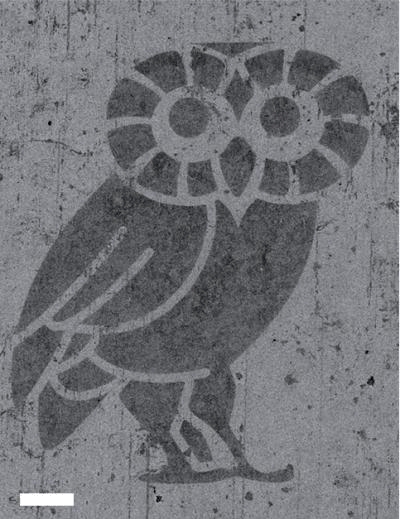The materials — graphene and hexagonal boron nitride (h-BN) — have been merged into sheets and built into a variety of patterns at nanoscale dimensions.
The method from Rice is claimed to offer manufacturers the possibility of shrinking electronic devices into even smaller packages. While Rice’s technical capabilities limited features to a resolution of about 100nm, the only real limits are those defined by modern lithographic techniques, according to the researchers.
‘It should be possible to make fully functional devices with circuits 30nm, even 20nm, wide, all in two dimensions,’ said Rice researcher Jun Lou, a co-author of a new paper that appears in Nature Nanotechnology. That would make circuits on about the same scale as in current semiconductor fabrication, he said.
H-BN looks like graphene, with the same chicken-wire atomic array, and has been found to work well as an insulator. Earlier work at Rice showed that merging graphene and h-BN via chemical vapour deposition (CVD) created sheets with pools of the two that afforded some control of the material’s electronic properties.
In the new work, finely detailed patterns of graphene are laced into gaps created in sheets of h-BN. Combs, bars, concentric rings and even microscopic Rice Owls (pictured below) were laid down through a lithographic process.
The interface between elements, seen in scanning transmission electron microscope images, shows a sharp transition from graphene to h-BN along a subnanometre line.
‘This is not a simple quilt,’ Lou said in a statement. ‘It’s very precisely engineered. We can control the domain sizes and the domain shapes, both of which are necessary to make electronic devices.’
The new technique also began with CVD. Lead author Zheng Liu, a Rice research scientist, and his colleagues first laid down a sheet of h-BN.
Laser-cut photo-resistant masks were placed over the h-BN and exposed material was etched away with argon gas.
After the masks were washed away, graphene was grown via CVD in the open spaces, where it bonded edge to edge with the h-BN. The hybrid layer could then be picked up and placed on any substrate.
While there’s much work ahead to characterise the atomic bonds where graphene and h-BN domains meet and to analyse potential defects along the boundaries, Liu’s electrical measurements proved the components’ qualities remain intact.
‘One important thing Zheng showed is that even by doing all kinds of growth, then etching, then regrowth, the intrinsic properties of these two materials are not affected,’ Lou said. ‘Insulators stay insulators; they’re not doped by the carbon. And the graphene still looks very good. That’s important, because we want to be sure what we’re growing is exactly what we want.’






Swiss geoengineering start-up targets methane removal
No mention whatsoever about the effect of increased methane levels/iron chloride in the ocean on the pH and chemical properties of the ocean - are we...